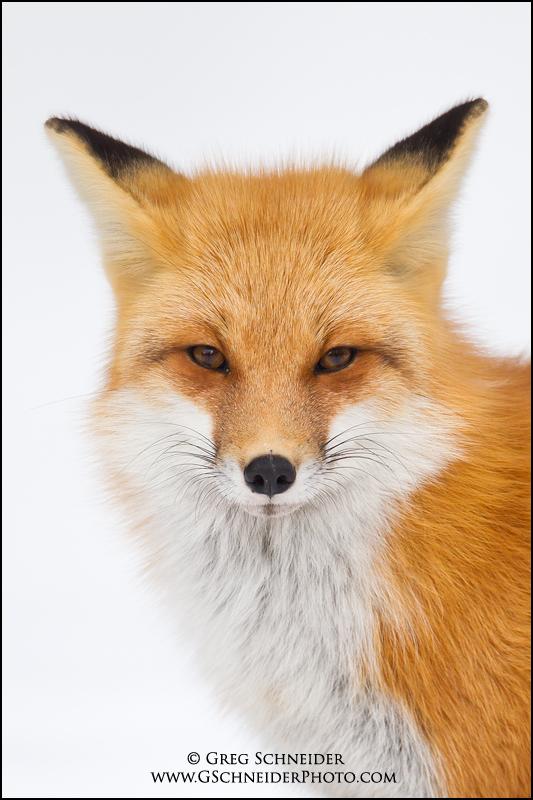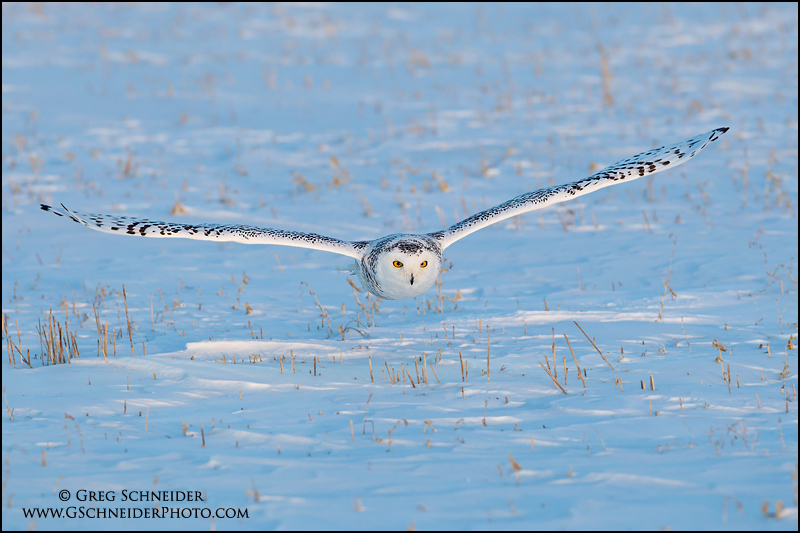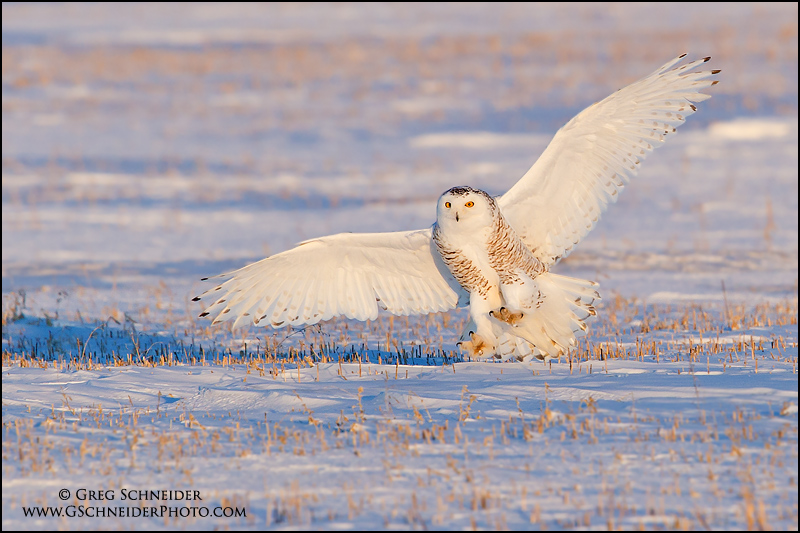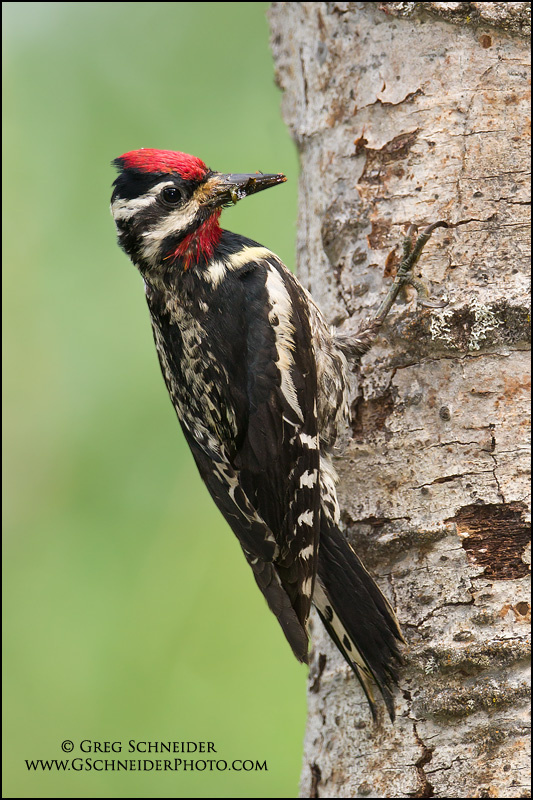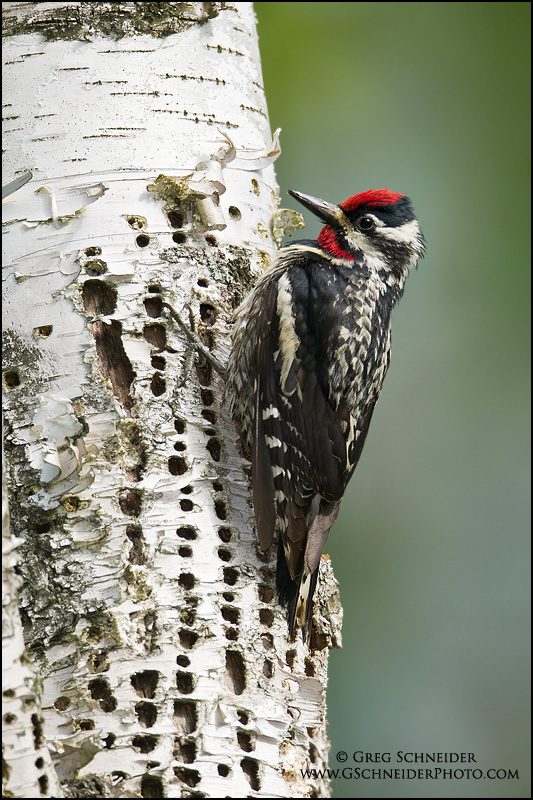I’ve had the 1DIV for almost exactly a year, and 40,000 shots later I have some more thoughts on the camera. Not only is it Canon’s fastest camera, but I’d also argue it’s the best all-around camera in their current lineup. I’ve grown so accustomed to the incredible speed and control I have. Compared to previous cameras, the noise is much more randomly distributed and there is no banding, as I have noticed at higher ISOs with the 5DII. I’ve photographed birds at ISO1600 without hesitation and could probably go higher, assuming cropping was within reason and I had enough feather detail.
Initially I thought the AF was a bit slower than the MkIII. While that is probably still true for the initial lockon time, with some custom function customization the AF is incredibly fast and surefooted. While I developed more skill handling the very quick, but twitchy MkIII AF, I’d prefer the more stable and predictable, if slightly slower MkIV AF system. I’m sure some of the skills I acquired handling the MkIII have translated into better results with the IV – I’ve been able to track flying birds in conditions that I would have easily lost focus with the MkIII, and have standardized on using left/right point expansion, with the surrounding point expansion only being used with a large or slower subject, or if it was being photographed against a clean background like a blue sky.
Image quality is excellent, and the 16MP makes for a reasonable amount of resolution and more leeway with cropping. I find it rare that I’m reaching for my 5DII these days; even with the extra 5MP resolution, the IV’s out of camera file’s colour and white balance just looks so much better, and also needs almost no tweaking in post. Couple that with the amazing speed and AF advantages of the 1DIV, and you can see why I have hardly used my 5DII since then.
I do give the 5DII credit for being smaller and lighter, and having an AF system that is a bit more precise if trying to focus on a small subject against a busy background. It’s actually remarkably surefooted, and while tracking in some cases can be as good or better than the MkIV, it can’t compete for fast action. Full frame is of less importance to me when photographing birds and wildlife, although for travel or landscapes it would be an advantage.
Bottom line: anyone want to buy my 5D Mark II? 🙂

